-
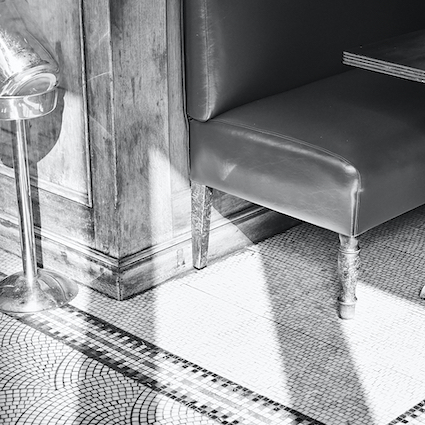
Documenting the Effects of Covid-19
I have been thinking a lot about how photography can do something worthwhile over the coming weeks. Or more specifically, given my good fortune to have a job that will continue through the current health crisis, I wonder how I can use my photography to do something meaningful. Is there something I can do with […]
-
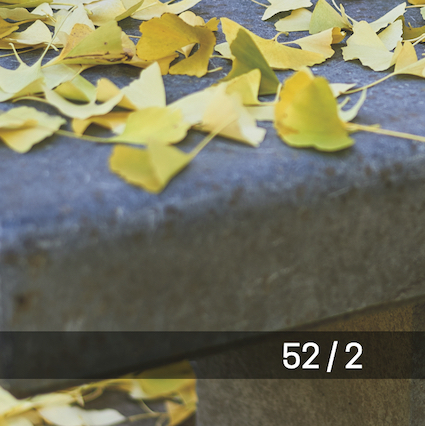
52 / 2
Whenever I take a photo, it is somehow unfinished until it is a physical print. Some constellation of emotional and aesthetic preferences compels me to edit and print the image so that I can hold the photograph, and can feel its weight and the thickness of the paper. I like to look at the photograph […]
-
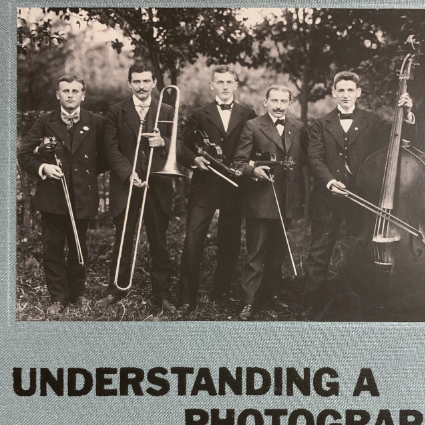
A Photograph is …
A photograph is a result of the photographer’s decision that it is worth recording that this particular event or this particular object has been seen. If everything that existed were continually being photographed, every photograph would become meaningless. John Berger, Understanding a Photograph, 25.
-
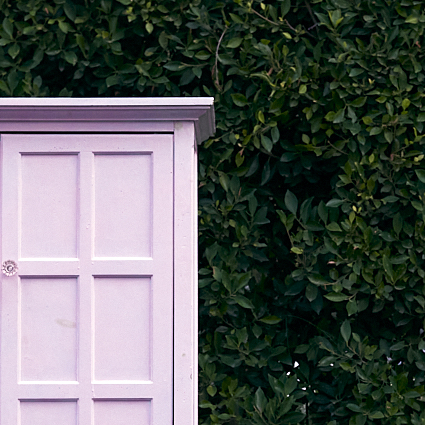
The “undiscovered,” the “forgotten,” and the “unsung”
In 1974 Susan Sontag published her “Shooting America,” which included a critique of Bob Adelman’s Down Home and Michael Lesy’s Wisconsin Death Trip. Along with Sontag’s reflections on documentary photographers’ predilection for the poor, she comments on the growing preference for “raw unliterary record” in both photography and writing. The emerging literary taste for “unedited […]
-
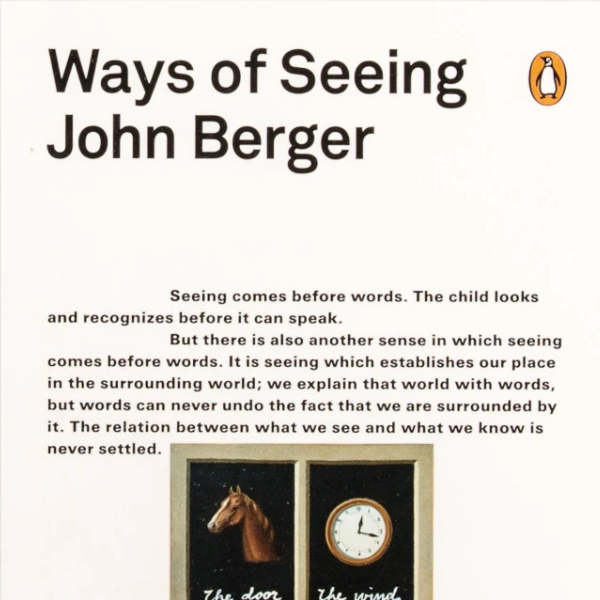
Photographs are not …
Every image embodies a way of seeing. Even a photograph. For photographs are not, as is often assumed, a mechanical record. Every time we look at a photograph, we are aware, however slightly, of the photographer selecting that sight from an infinity of other possible sights. John Berger, Ways of Seeing, 10.
-
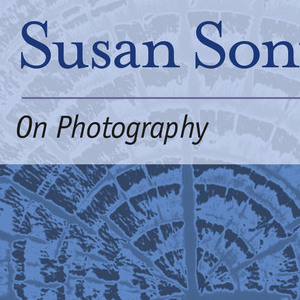
Haunted by tacit imperatives …
Even when photographers are most concerned with mirroring reality, they are still haunted by tacit imperatives of taste and conscience. … In deciding how a picture should look, in preferring one exposure to another, photographers are always imposing standards on their subjects. Susan Sontag, “In Plato’s Cave,” in On Photography, 6.
-

Intense Observation … Harder Seeing
The gesture of photography is different from the gestures of the other visual arts; I hope to show that photography is no less complex, difficult, and visual. Indeed, my belief is that in many ways fine photography is more purely intellectual, purely visual, because the gestures involved are less connected to hand gestures but much […]
-
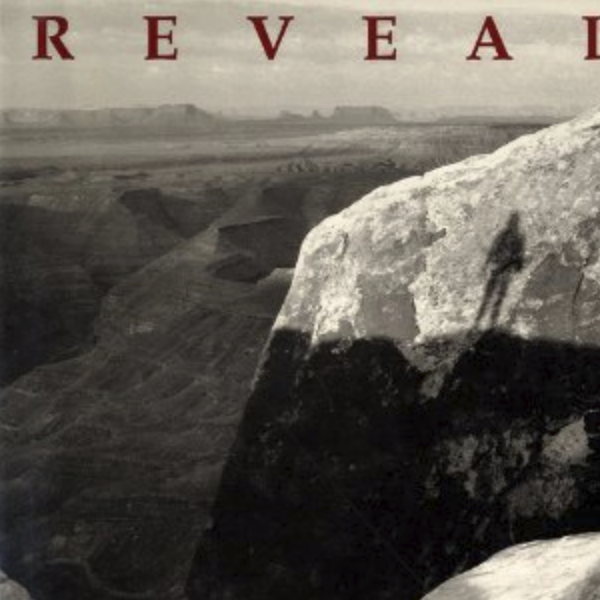
Mark Klett on photographing
I make pictures when I can, like other latter-day explorers who work during the week.… No important mandate to chart some vanishing wilderness subsidizes these outings, and even a short drive into the land can become an adventure. Weekend exploration may not be what it used to be, but it’s a compelling act nonetheless. Mark […]
-
Hinting at true nature
The images I take generally are not a precise pictorial representation of what my eye see. They’re usually devoid of color for a start off and sometimes they’re even more abstract, hinting at but not fully describing the true nature of the landscape that I’m photographing. Steve Gosling (website)